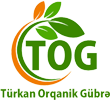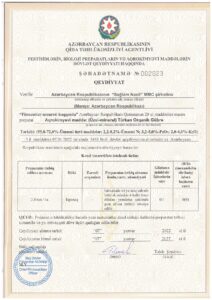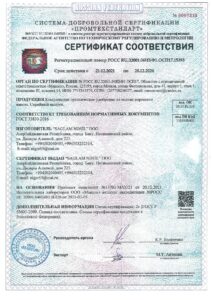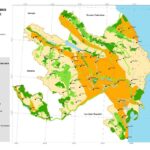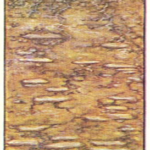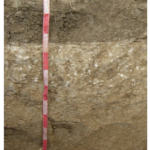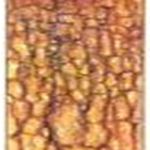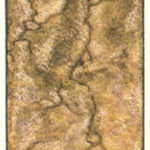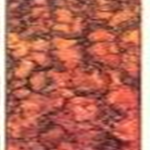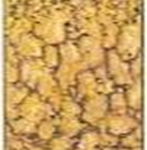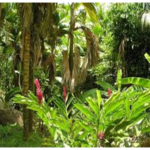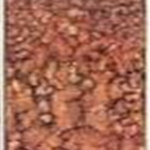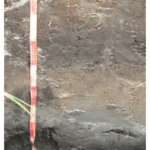Distribution map of soil types in Azerbaijan and in the world
The main types of soil
- Arctic soil
- Tundra glittery soil
- Podzol (ashen)
- Fertile-podzol soils
- Lowland soil
- See
- Bloody forest
- Brown forest
- Chestnut soil
- Light brown soil
- Gray soil
- Gray gray
- Red soil
- Yellow soil
- Red and yellow ferrallite soils
- Red laterite soils
- Brown soil
- Swamp soils
Soil texture
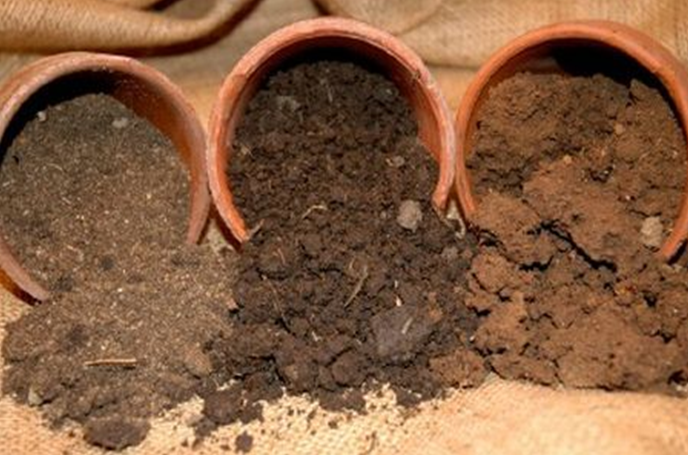

Turkan Organic Fertilizer (TOG) ↔ Natural Stimulating Strength (TOG)
Organic fertlizers
- Along with mineral fertilizers in agriculture, organic fertilizers are widely used, contributing not only to the formation of high yields of cultivated crops, but also the preservation and improvement of soil fertility.
- Analysis of the structure of organic fertilizers in our country shows that the main place in it belongs to animal waste. Large complexes for animal fattening of pigs, cattle, and poultry are often built. The accumulation of a large number of animals and birds in relatively small areas, in turn, leads to the production of large masses of manure and bird droppings, mixed with litter materials, diluted with water used to wash out and remove excrement.
- The amount of excrement, their chemical composition, the level of dilution depend on the species, breed, number of animals, the mode of their feeding, the technical condition of the equipment and the quality of their service. On average, 210 to 215 m of a mixture of excrement and waste water are removed daily from a complex for growing cows (3 thousand heads), 450 to 675 m from a complex for fattening cattle (450 thousand heads), and a daily output of water from the pig fattening complex with a productivity of 150 000 heads reaches 2000 – 4000 m3. Taking into account wastewater losses in pipes and storage tanks, these values can be considered at 20–25% higher.
Organic fertilizers are the leading factor, the material basis for the sustainable development of ecologically balanced adaptive-landscape farming systems. It has been established that due to their use, most of the nutrients entering the plants from soil and mineral fertilizers are re-utilized, since the nutrients necessary for the plants contained in the feed mainly pass into excreta (nitrogen and phosphorus – 70 … 80%, potassium – by 90 … 96%); physical, physical, chemical, and biological properties of the soil are improved; humus content increases; carbon dioxide emission from soil is enhanced, which improves the air supply conditions and increases the photosynthesis productivity; accelerated decay of pesticide residues; negative effects of heavy metals and other xenobiotics are reduced; provides balanced plant nutrition.
What is the reference of normal amount?
| Element, % | For potatoes | For the fruits and berries | For the vegetables and tomatoes | For the indoor flowers and plants |
|---|---|---|---|---|
| Organic substance | 70 | 70 | 70 | 75 |
| Nitrogen | 4 | 4 | 4 | 8 |
| Phosphorus | 5 | 4 | 5 | 3 |
| Kalium | 6 | 7 | 6 | 4 |
| Calcium | 2 | 2 | 2 | - |
| Magnesium | 1 | 1 | 1 | 1 |
| Borium | 2 | 2 | 2 | 0,05 |
| Copper | 0,3 | - | 0,3 | - |
| Cobalt | 0,02 | 0,02 | 0,02 | 0,02 |
| Iron | 1 | 0,8 | 1 | 1 |
| Manganese | 0,6 | 1 | 0,6 | 0,6 |
| Molibden | 0,05 | 0,02 | 0,05 | 0,02 |
| Zinc | 0,8 | 1 | 0,8 | 0,8 |
Our technology is based on global experience in the production of organic fertilizers and technologies of “organic farming”.
Fertilizer production occurs in several stages:
Raw materials
The technological cycle of production of our fertilizer begins from the main – raw materials. After delivery of the manure to the facility, our specialists will analyze the quality of raw materials for moisture content, pH, mineral substances.
Fermentation
After preparation of raw material, an important stage at which the transformation takes place begins: raw materials into valuable fertilizer. At this stage, an aqueous solution of the enzyme preparation is injected into it, which speeds up the process of converting fertilizer. During the first 18 hours, the manure is gradually mixed – at this stage an unpleasant smell already disappears and releaseof ammoniac nitrogen is reduced.
This mixture is laid out for deeper fermentation and is in this condition from 7 to 10 days, while the internal temperature of the raw material rises to 70 degrees Celsius.
As a result of this process, the following is ensured: increasing concentration and optimization of food components available to plants; biological safety of the product; pathogenic microflora and helminth eggs are killed, weed seeds lose their germination;
Drying
After the fermentation process, we get a semi-finished product that needs to be dried to preserve its beneficial properties, as well as fixation of mineral salts.
At the end of this stage, we get a final product in the form of a loose fertilizer which is packaged in the appropriate container.
